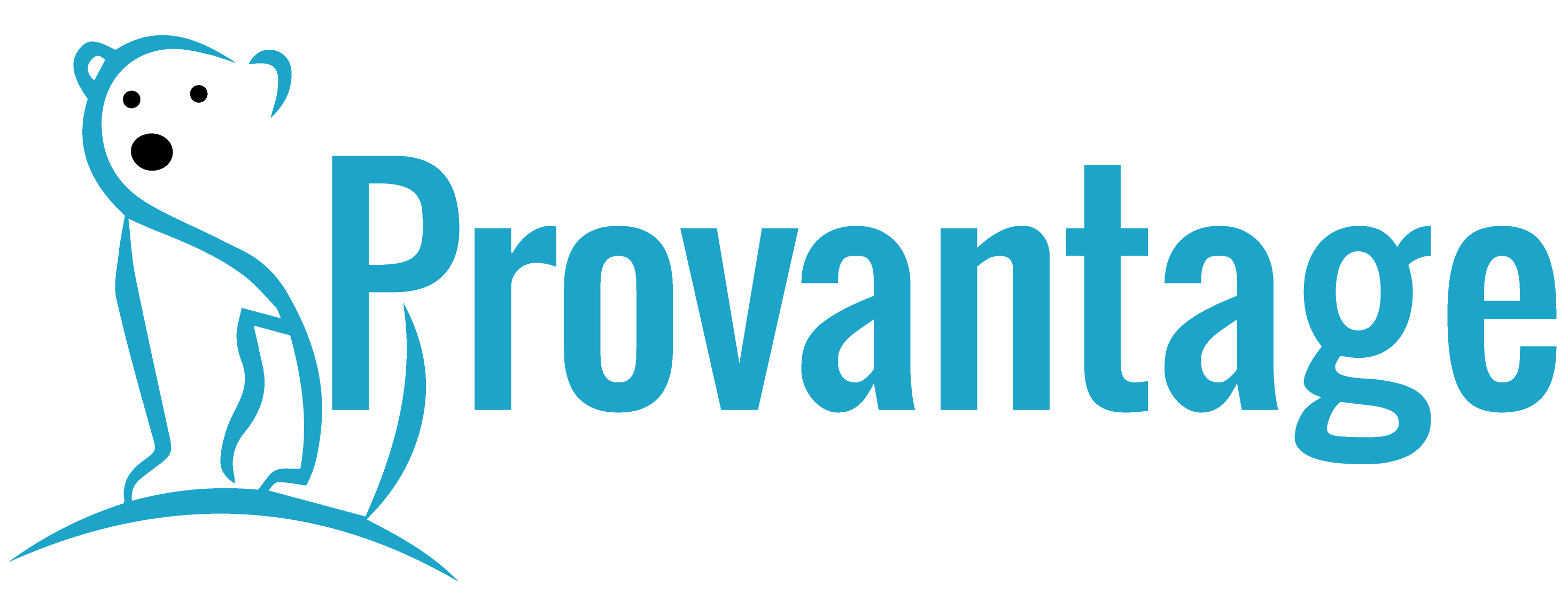Dust-proof Computing
A client had a quarry and in the quarry office they needed a workstation which can display a dashboard showing equipment performance, and for data entry. Therefore the office was in a very dusty environment.
The Brief
The client would get through a workstation every eight to twelve weeks, due to fans pulling in vast quantities of dust. It would smother the internal board and either the microprocessor or the hard drive give out first. We were asked if there was something that could be done to reduce the failure rate.
Diagnosis
When we arrived at the quarry, we had an idea of the dust problem, but not to the extent to which we were faced with. The quarry manager too us across the site to the processing unit. Inside, there was a small office. It was accessed through a door which led to a small corridor with another door at the end. The idea was to minimise the dust, but it didn’t do much. The workstation was in a protective box, with an unfiltered fan at the back. Inside, the box had a 20mm layer of dust in it already, and this was only a month old.
Solution
Satisfied with what we had seen, we began evaluating different ideas. The first one was to install fans in the small corridor outside the office. These would have thick filters and would be activated by sensors that detect the presence of someone, and both doors are shut. The fans would be mounted in the wall and on the other side, slatted vents would open. This would blow as much dust away as possible and back outside.
The technology would be a different problem. As they had a lot of static in the air due to the dust and low humidity, fibre cables were use for the network. A long cable ran from the office back to the main office about a mile away. It entered the office and were connected using dust-proof boots. However, even these would get dusty and quickly loose connection.
The client had no problem with constantly replacing the workstation, but it wasn’t sustainable. It took time, and the desktop was always a write-off. We did some evaluation of the services the client had, and discovered they had a fledgling thin client infrastructure. We helped get this to a usable standard for supporting this one desktop, and for later rollout across the estate.
By shrinking the footprint of the desktop, we could now look at other solutions to the dust problem. Obviously, we couldn’t make it airtight, but we could reduce the amount of dust that got in. Working with the estates department, we came up with a filtered fan system, which maintained a positive pressure, and had the door reversed so it opened into the office, to ensure the door always stayed shut.
The box in which the new thin client was to be installed was made at airtight as possible, with again filtered fans to keep the air moving. Thin client don’t have the heat output of a full desktop, although we did install a USB temperature sensor and linked it to the environmental control system, just to keep an eye on it.
We also turned our attention to the network connection. Being fibre it is not as easy to keep repairing ad infinitum. Eventually the tails will become too short and replacing a mile of fibre isn’t a good idea. The ports on the walls were a constant headache, so we got rid of them. We removed the patch socket, and had a short length of patch cable type spliced onto the incoming cable. Using glands in the socket box, we fed the new spliced cable from the box and into the cabinet where the thin client was installed, and plugged it in. This would leave the opportunity to keep replacing the patch cable (although with some effort) if the connections ever became dirty.
With the thin client secured, we turned to the mouse and keyboard. While these were cheap, and replaced on a fortnightly basis, there had to be a better solution. Medical keyboards are sealed, solid-state devices, and therefore a perfect choice. The operator wouldn’t have gloves on to use it, and when we tested one, it proved the perfect solution.
The final piece of the puzzle was the mouse. This was a simple change by using a touch-screen monitor with a disposable film across it to protect it from scratches.
While the amount of work put into this project seemed excessive, but after twelve months there were no problems with the client.
Outcomes
No further calls
The reduction of calls to repair a key workstation was reduced by 90%.
Pattern
The client used the solution as a pattern elsewhere in their organisation where dust was a major problem.
Happy users
Operators now enjoyed trouble-free access to the data they needed to perform their role.
Met requirements
We had a lot of work to get this right. But we were able to use our skills of thinking outside the box to get a good outcome.
Benefits
With no more physical swapping written-off desktops, it vastly reduced the cost of running the office.


